Canada & France – History
The relationship between Canada and France has deeply established roots.
French Canadians, although opposed to aiding the British in ‘their’ war, felt an immeasurable respect and duty towards France.
Similarly in World War Two (WWII), French opposition to aiding the British in the war was palpable. French Canadians in particular, once more felt compelled to lend aid to the people of France.
Canada and France share a special connection due to its unique colonial history. But in the modern era, both share a similar democratic system, language, and traditions!
For kids visiting Paris with me, I have made a printable pdf to educate your children while have the fun of visiting France. Here is the free link to my printable pdf.
New France – Year 1608
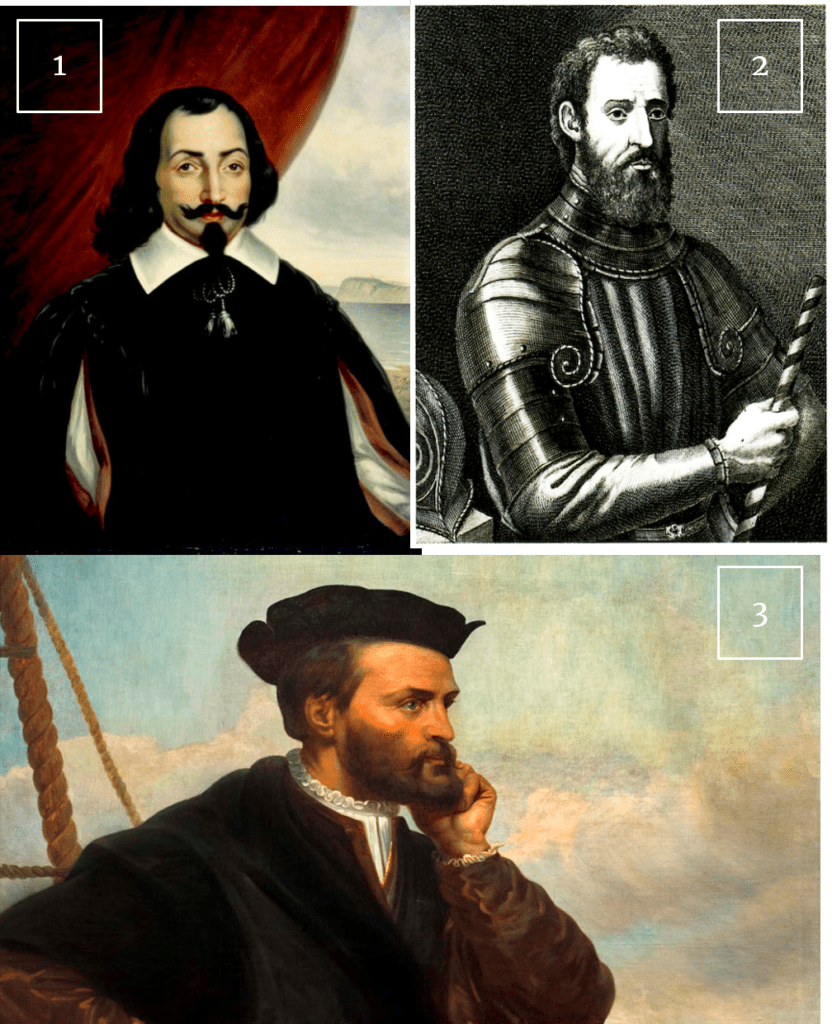
➢ Samuel De Champlain
○ Founder of Québec (1608)
○ Known as the “Father of New France”
○ Quebec is one of the oldest cities in Canada
➢ Jacques Cartier
○ French mariner
○ First European to navigate the St. Lawrence river
○ Credited with naming Canada
■ The name is derived from the Huron-Iroquois kanata, meaning a village or settlement.
➢ Giovanni da Verrazzano
○ Explored North America’s eastern coastline on behalf of France
○ Was in search of a route to China
○ Provided Europeans with the first ethnographic account of Indigenous people north of Mexico
Can you guess the explorer?
The Beginnings of French Canada
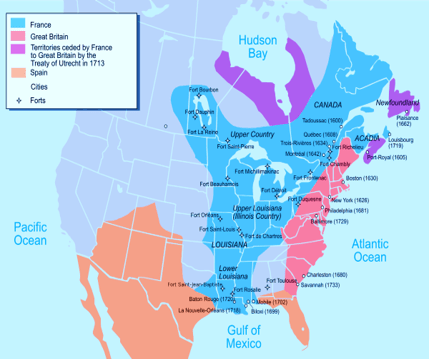
French settlers from Normandy, Perche, Beauce and more were the first Europeans to permanently colonize what is now Quebéc.
The first prominent European settlements were at port Royal in 1605 and Quebec City in 1608 as fur trading posts.
The first territories of New France were Canada, Acadia (Nova Scotia) and Louisiana.
French Canadian explorers and fur traders were known as coureurs des bois and voyageurs.
The Seven Years War
A bloody battle between British colonists and French settlers
The British attack Québec city in an hopes of conquering it in the name of Britain
In September 1759 the British attacked again, British General Wolfe died in battle
September 1759, Quebec surrendered to the British forces.
In April 1760, an effort was made by the French to recapture Québec, unfortunately they were outnumbered by the reinforce British army.
Canada and France: Alliance Beginnings
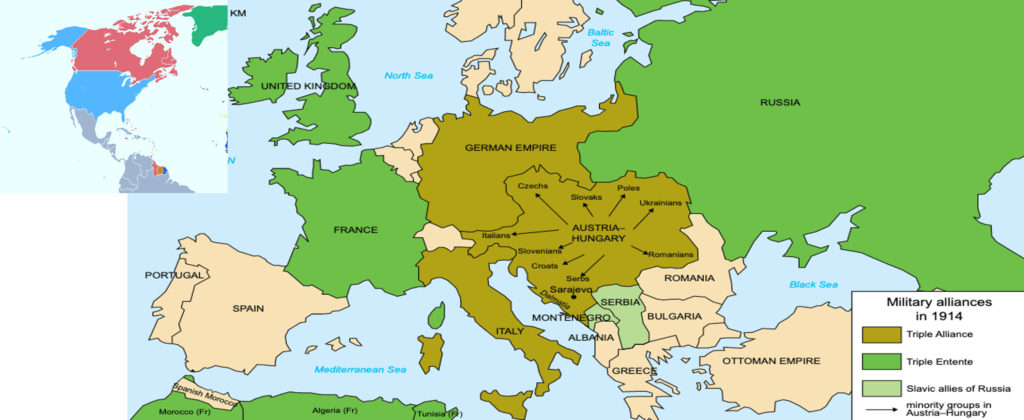
➢ The Empire and Canada
○ Canada apart of the British Empire began 1763.
➢ The Triple Alliance (1882)
○ Between German, Austria-Hungary, and Italy
➢ In response, the British and French signed the Entente Cordiale
○ A treaty that encourage military cooperation should German forces attack.
■ Eventually, Russia joined this alliance.
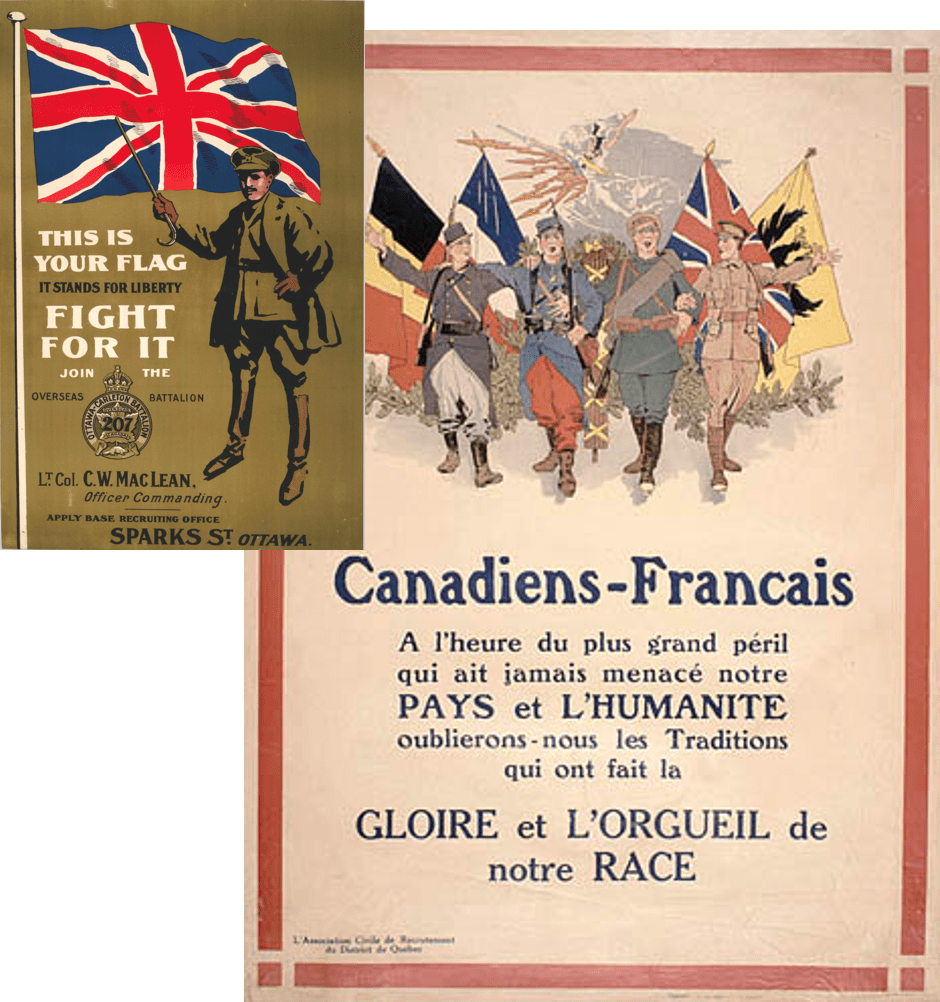
Canada and France: WWI
➢World War One Started July 18, 1914 following the assassination of the Austrian Archduke Franz Ferdinand.
➢As Canada was apart of the British Empire, Canadians joined WWI in August of 1914. France entered August 3, 1914.
Visit Somme with a Driver in France and learn about the Battle of Somme
➢September 15 to November 11, 1916
➢Canadians took part in the grueling Battle of the Somme.
➢Canadians bravely fought to capture a series of strategic objectives including Courcelette, Thiepval and Ancre Heights.
Let’s drive to Vimy Memorial (Battle of Vimy Ridge Veterans – April 9, 1917)
➢The Battle of Vimy Ridge occured in northern France on a heavily fortified seven kilometer ridge.
➢After several French attacks had been unsuccess, it was the Canadian’s turn to try to take the position.
➢For the forest time, the four Canadian divisions stormed the ridge at 05:30h on April 9, 1917.
➢“In those few minutes I witnessed the birth of a nation” -Brigadier-General A.E.
➢This is considered a defining moment for Canada. Canadians finally emerged from the British Empire’s shadow.
➢The success at Vimy ridge continues to be an event that fills Canadians with great pride in their country.
➢Canadians earned a reputation as formidable and effective troops.
Drive and Visit Lens in France to learn about the new Louvre and the Canadian Battle for Hill 70
➢August 1917
➢The first major action fought by Canadians under a Canadian commander, Arthur Currie.
➢The Canadian success allowed Allied forces to gain access to a strategic vantage point overlooking the city of Lens, France.
The city of Lens is host to the new Louvre Gallery of Time where you can see many artefacts displayed in chronological order : Antiquities, to Medieval to Renaissance and modern times
Visit the website here : https://www.louvrelens.fr/la-galerie-du-temps/les-oeuvres-de-la-galerie-du-temps/
Visit the city of Lens : https://tourisme-lenslievin.fr/explorer/les-essentiels/le-top-10-des-choses-a-faire-a-lens-et-alentours/
Dieppe: August 1942
➢ August 19, 1942
➢ Canadians made up majority of the attacking forces in the raid. Nearly 5000 of the 6100 troops.
➢ The failed raid taught Allied command valuable lessons as only 2210 Canadians returned to England unscathed.
The Fall of France
➢German Chancellor Adolf Hitler launched an invasion of France on May 9, 1940.
➢Resulting in the fall of France June 22, 1940.
➢France was divided into two zones as a result of the Franco-German Armistice (June 22, 1940)
○One zone, under German Military occupation. The other to be left as a sovereign France.
■ Sovereign France quickly became Vichy France :
➢Following the Fall of France, the Vichy government was established, a German puppet government.
➢‘Lead’ by Marshal Philippe Pétain.
Visit with Sam the Normandy D Day Beaches June 1944
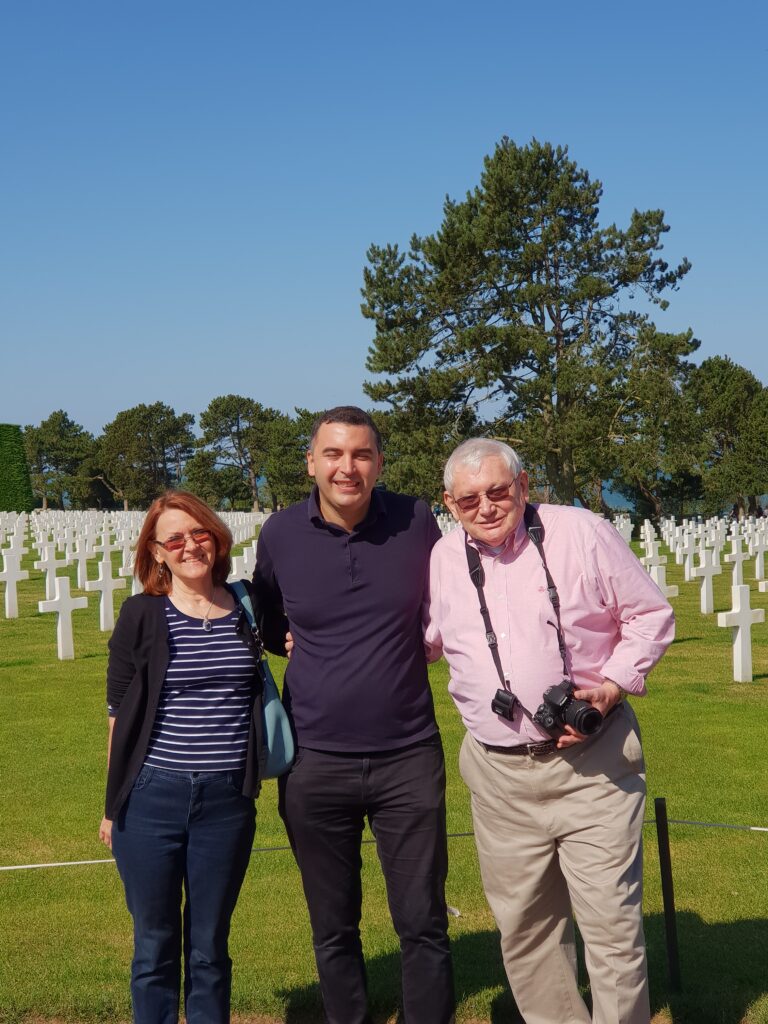
➢Participating Forces of June 6, 1944 : British, Canadian, American, Australian, Belgian, Czech, Dutch, New Zealand, and more.
➢During D-Day, Canadians were set to rush to Juno Beach in Normandy, France.
○ Juno Beach was the Allied code name for a 10 km stretch of French coastline.
➢Canadians endured ceaseless German resistance to their invasion.
➢The Third Infantry Division took heavy casualties, but managed to take control of the beach by the end of the day.
The Battle of Normandy – Juno Beach
➢Canada contributed 10’000 sailors, 110 ships, and 15 fighter and fighter-bomber squardons.
➢More than 14’000 Canadian soldiers landed into France.
➢There were 1074 Canadian casualties, 359 were killed.

The Liberation of France by the Allied forces entered Paris on August 24 1944.
➢German forces surrender 25 August 1944.
➢Canadian efforts during D-Day proved to be vital for the successful liberation of France.
➢Canadians played a major role in the liberation of France as they captured Caen and Falaise, closing a gap, trapping thousands of Nazi soldiers and their equipment.
➢Canadians liberated Caen July 19, 1944.
➢Canadians liberated Falaise was captured August 12, 1944.
More places to visit : A Canadian History Buff’s Guide
➢See where the treaty of Versailles was signed, The Palace of Versailles.
○ Signed at the conclusion of World War One between Germany and the Allied powers.
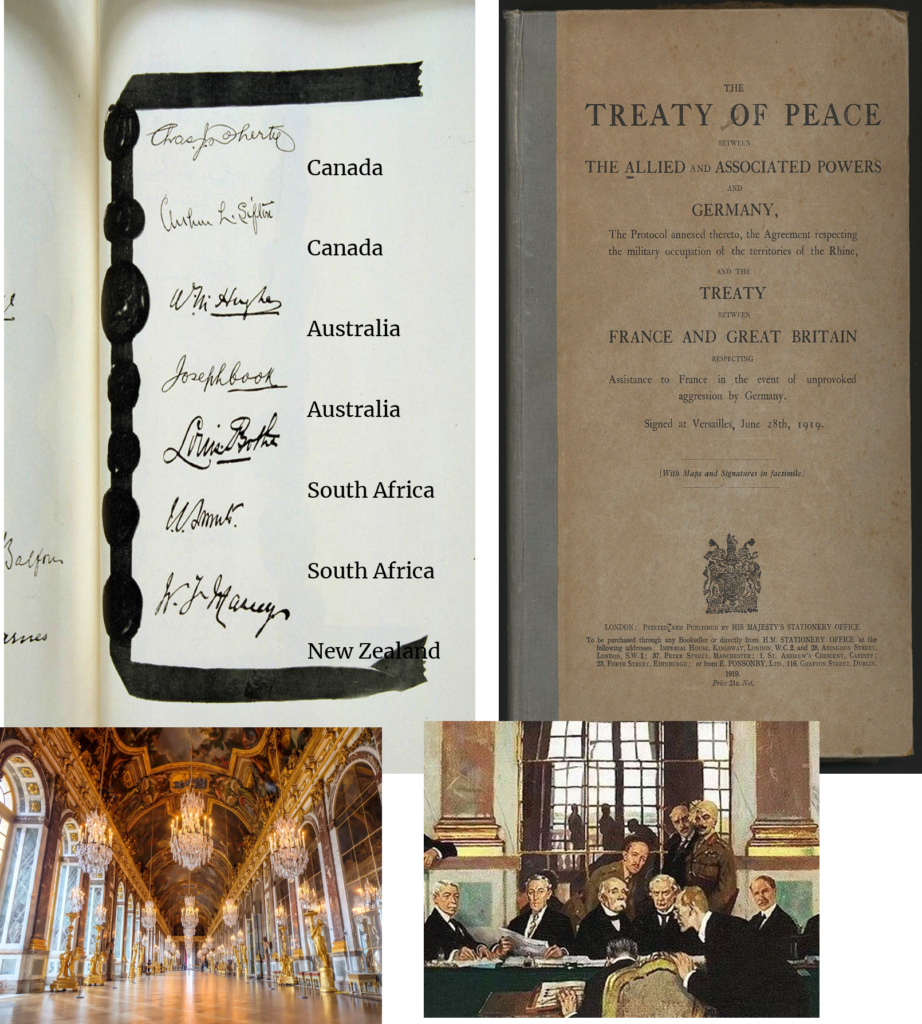
Visit the Beaumont-Hamel Newfoundland Memorial
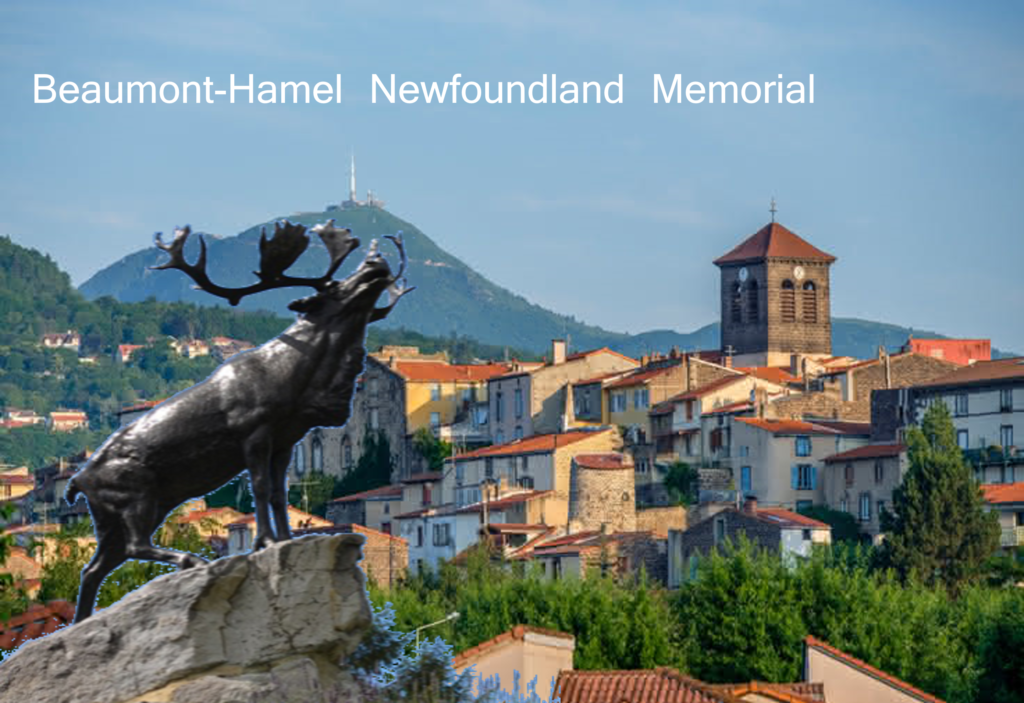
➢A memorial dedicated to NEwfoundland as it fielded its own armed forces separate from Canada’s participation.
○Newfoundland officially joined Canada in 1949.
➢On July 1, 1916 during the Battle of the Somme, of the 800 men the Royal Newfoundland Regiment sent, only 110 survived the battle unscathed.
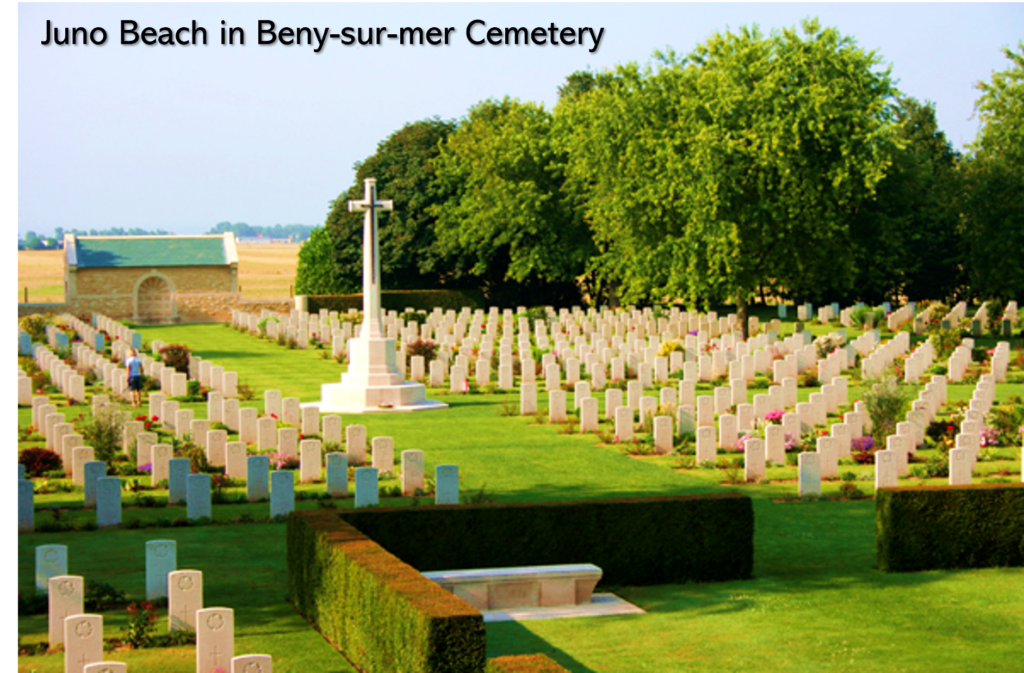
➢A memorial dedicated to the Canadians who sacrificed their lives in an effort to liberate France from German occupation.

The Battle of Dieppe Memorial
➢A memorial to honour those who perished during the poorly-planned raid on Dieppe.
➢Of the 5000 Canadians who landed on the beach, 68% were killed, wounded or taken prisoner.
➢Canadians returned and successfully liberated the town September 1, 1944.
Conclusion :
➢Currently Canada and France remain in an alliance through the North Atlantic Treaty Organization (NATO)
➢Currently NATO has 30 members including: Belgium, France, Canada, The United States, Italy, the United Kingdom and more.
➢Established April 4, 1949.
The alliance between Canada and France is an extremely valuable alliance, as are the alliances formed between other democratic states.
Canada and France are both founded on multilateralism and rules-based international order. Canada and France cooperate closely on international security, environmental protection efforts and the promotion and adherence to international law.
Additionally, the cultural and linguistic ties between French Canada and France remain strong and of extreme value to French Canadians.
Quizz
1.What was the first notable battle in WWI for Canadians?
2.What is the memorial in honour of the the soldiers Newfoundland sent to WWI?
3.What year was the Dieppe Raid?
4.Who was the commander of the D-day?
5.How many Canadian representatives signed the Treaty of Versailles?
a.BONUS: What were/was their name(s)?
6.How many beaches were stormed during D-Day? Who founded Quebec City?
About Sam & Serge : Drivers in Paris
You can also ask me for the booklet by contact or email if the link to the pdf does not work for you.
